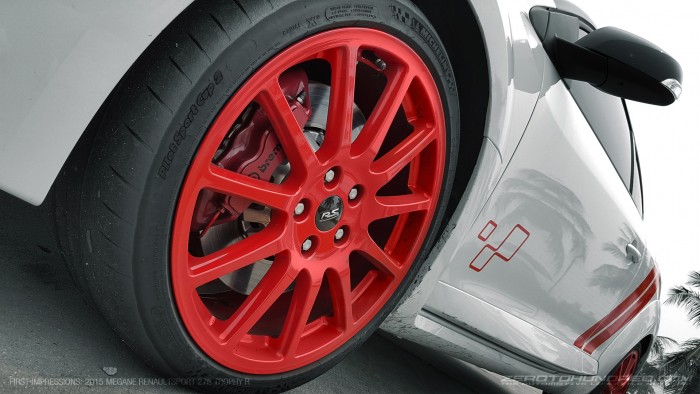Hmm how can the same 235 width will provide more contact patch if using lower profile? Is it because it becomes more square as the stiffer sidewall presses more of the outside tread?
Yes the increase in stiffness in theory should improve handling but I think you can also go too stiff and end up worse coz the tires are just too stiff to absorb road imperfections and hence skipping and loosing grip instead of absorbing and still gripping. We're still talking about road cars after all, if race cars then different. About 2 years back I watched a video of a Holden HSV if not mistaken where they compare lap times of that car using huge 19' or 20' vs when downgraded using just 1 inch smaller diameter (but same tires and width) and the lap times using smaller rims actually were faster! For me personally I would never go thinner than 10 cm sidewall, 10-11.5 cm sidewall seems ideal to still remain responsive handling yet comfortable enough for daily use to absorb road imperfections.
Yah then when comes time to change tire, settle for cheapo crap don't know from where tires! :stupid:
Yes, that's the theory and less sidewall height = less deformation = suspension work better.
Yes, the old school of thought says taller sidewall = more comfort. So the tyres act as a form of suspension. That was during the ancient days of suspension engineering.
So if engineers are able to reduce or remove the tyre side wall deformation variable upon load, by introducing thinner sidewalls, squarer contact patch, they'd be able to determine loads better and optimize shock, spring types and more, therefore potentially offering greater comfort or handling.
As opposed to replacing factory wheels with bigger aftermarket wheels, where the suspension geometry have been set prior. Would likely guarantee a harsher ride and ruined handling. Which is what we are all used to.





